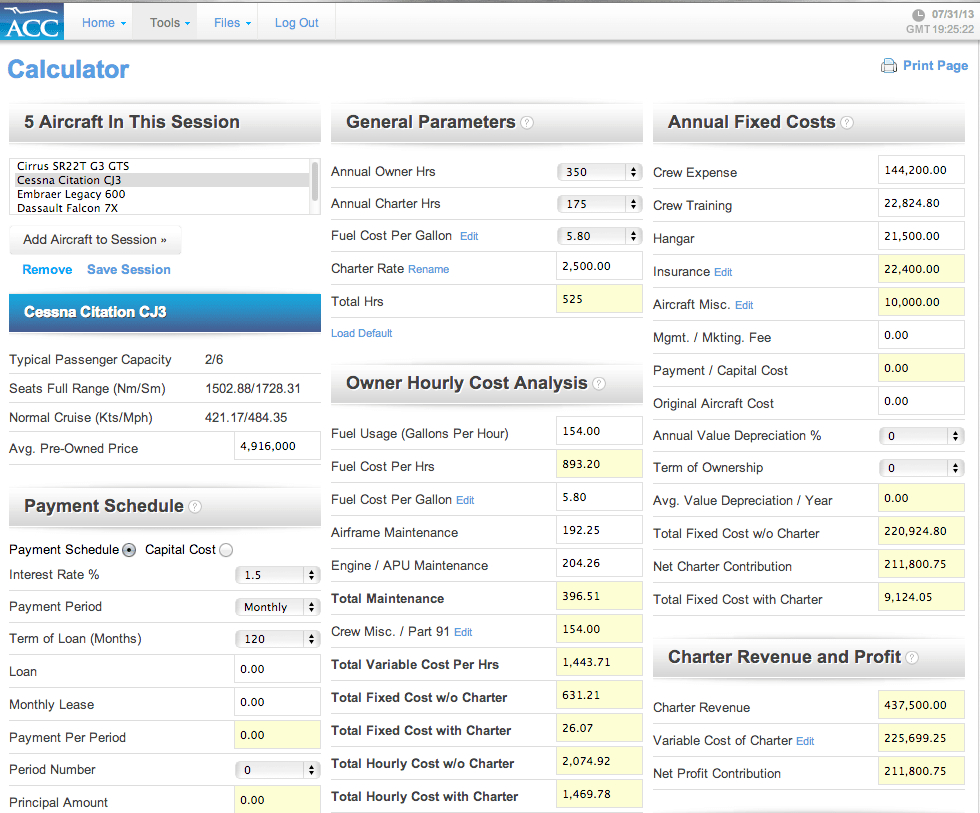
Should your demand or prices fluctuate over the period you’re looking at, you may need to calculate average costs or use other methods to reach accurate figures. Reducing operating costs is an art that every successful business owner must master. Capital expenditures (like machinery), financing costs (like interest), and non-operating expenses (like legal fees). Business owners should be strategic about cutting business expenses related to operations. Cutting back too much can leave your team without the resources they need to sell your product or service.

Semi-variable costs
One can compute the total operating cost for the 12 months by using the above formula. However, one must remember that reducing the cost of maintaining the daily operations of a business too much can negatively impact a business’s productivity. As a result, an organization’s profitability may also take a hit, especially in the long run. No, income tax expense is considered a non-operating expense and should not be included when calculating operating expenses for a business. Learn more about what’s included in operating costs and how operating costs affect gross profit along with frequently asked questions about operating costs. At the end of your accounting period, separate your operating expenses from other types of expenses.
How do operating costs affect profit?
- The cost of doing business (CODB) is the total operating cost of a business measured on a per-day basis.
- This is what primarily differentiates semi-variable costs from fixed costs and variable costs.
- Also, you can write off the total operating expense for the year in which you incur such an expense.
- Nor do they change over the life of a contract agreement or cost schedule.
- However, it will reduce your capacity to generate new business and hurt your earnings in the long-term.
Designed for business owners, CO— is a site that connects like minds and delivers actionable insights for next-level growth. Return on investment, or ROI, measures the profitability of an investment relative to its cost. It is a key indicator of how efficiently an investment is generating returns. “Before a company can prosper in the long term, it must first be able to survive in the short term,” wrote Investopedia.
Operating Expense vs. Non-operating Expense
Reducing operating costs can impact product quality or customer service if cuts compromise essential production or service delivery aspects. Semi-variable operating costs contain fixed and variable components, changing in relation to business activity but not always at a constant rate. Although calculating operating costs differ for organizations, there are a few best practices you can follow to increase profitability and your business’ bottom line. It represents the total cost of producing the goods a business has sold. It includes material costs, direct labor, and other direct costs tied to production.
Operating Costs
However, one must remember that fixed costs do not change over a contract’s lifespan or cost schedule. This formula helps to break down and organize the various costs a business incurs, allowing for easy calculation production activities of the total operating expenses. This is because it allows you to assess the core operations of your business, so your company’s revenue is the first item that appears on the income statement.
Operating Costs: Definition, Formula, and Example
So, in this scenario, the total operational costs for your bakery would be $15,000 per month. To determine the COGS, identify the direct costs involved in production. For instance, if you own a bakery, consider raw material costs, packaging, and other direct expenses. Assuming these amount to $10,000 per month, this figure becomes a crucial component in your operating costs calculation. Common examples of fixed operating costs include rent or lease payments, insurance premiums, salaries of permanent staff, property taxes, and equipment depreciation.
Operating expenditures are the day-to-day costs of doing business, while capital expenditures are long-term investments that increase a business’s productivity and performance. Capital expenses, or CapEx, can include things like patents, machinery, and business real estate. Operating expenses are the expenses directly related to your business’s core operations, and include marketing, payroll, marketing costs and rent. Operating costs can make up a substantial portion of your total production expenses. This can be done in a way where you can achieve desired returns and efficiency for your business.
Examples include rent, utilities, salaries (excluding those involved in production), and marketing expenses. These costs are essential for a business to keep its doors open and serve its customers. Operating expenses refer to costs an organization generates that don’t relate to the production of its products. On the other hand, operating costs are every cost you incur to run your business or perform revenue-generating activities. Operating costs are the silent players in the backdrop, influencing profitability and sustainability. Every time a company pays for utilities, rents a space, or processes paychecks, it’s tapping into its operating costs.